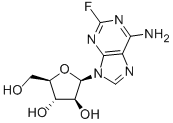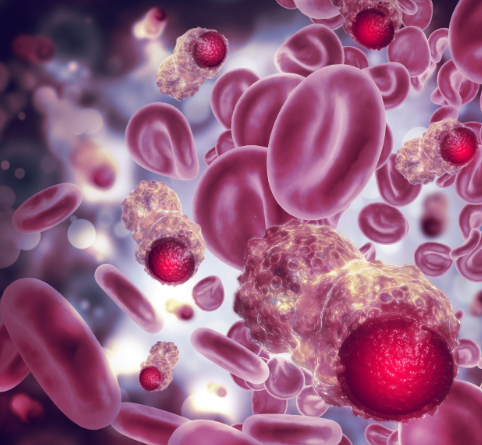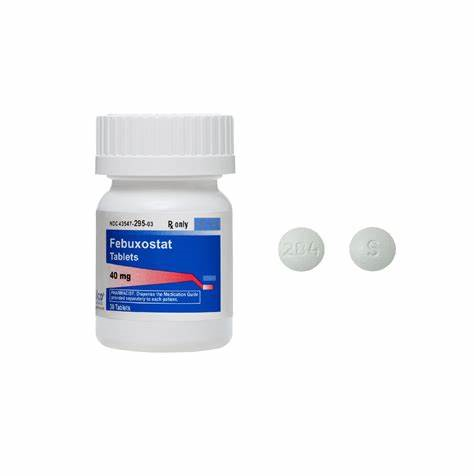Fludarabine: Mechanism of action, Uses, and Side effects
Introduction
Fludarabine, also known as Fludara, is a chemotherapy drug. It is a purine analog antimetabolite that inhibits DNA synthesis. Fludarabine was originally developed as an anti-cancer drug for the treatment of low-grade leukemias and lymphomas. Regarding transplantation, Fludarabine can enhance graft acceptance when combined with low doses of other immunosuppressive drugs. Although quite effective when administered intravenously, Fludarabine is less potent when given orally. Toxicity appears to be low but is still under investigation.

Mechanism of action
Fludarabine is a nucleoside drug precursor converted to a purine analog (F-ara-A) upon injection into a human or animal. F-ara-A can freely enter cells that accumulate in phosphorylated form (F-ara-ATP). F-ara-ATP inhibits cell proliferation primarily by inhibiting ribonucleotide reductase and DNA polymerase. F-ara-ATP incorporation into DNA blocks DNA ligase, while incorporation into RNA inhibits transcription. Interestingly, because of its similarity to the dATP required for caspase-9 activation, F-ara-ATP may also induce the apoptosis of a cell it has gained access to.
Uses
This false nucleotide inhibits ribonucleotide reductase and DNA polymerase, resulting in the inhibition of DNA synthesis. Fludarabine is indicated for the treatment of B-cell chronic lymphocytic leukemia in patients who have not responded to traditional therapy with an alkylating agent. It has also been used to treat non-Hodgkin's lymphoma, hairy cell leukemia, cutaneous T-cell lymphoma, and acute myeloid leukemia. The kidneys primarily excrete Fludarabine, which has a long plasma half-life of approximately 10 hours.
Safety
Fludarabine interferes with the growth of cancer cells, which are eventually destroyed. Since the medicine may also affect normal cell growth, other effects may also occur. Transient myelosuppression and immunosuppression, with an increased risk of opportunistic infections, seem to be the major toxicity at current doses. When high doses (more than 50 mg/m2/day) were used in early studies, delayed neurotoxicity was more common. A diffuse leukoencephalopathy became apparent 4 to 8 weeks after treatment and often progressed to coma and death. Current doses of less than 25 mg/m2/day often result in symptoms of neurotoxicity, and these symptoms, including somnolence, blurred vision, and hemiparesis, tend to be reversible. Fludarabine may also increase the risk of progressive multifocal leukoencephalopathy, a condition to which chronic lymphocytic leukemia patients are already prone.
Common side effects
These side effects happen in more than 10 in 100 people (more than 10%). They include:
Increased risk of getting an infection
The increased risk of infection is due to a drop in white blood cells. Symptoms include a temperature change, aching muscles, headaches, coldness, shivery, and generally unwellness. You might have other symptoms depending on where the infection is. Infections can sometimes be life-threatening. You should contact your advice line urgently if you have an infection.
Breathlessness and looking pale
You might be breathless and look pale due to a drop in red blood cells. This is called anaemia.
Bruising, bleeding gums, or nosebleeds
This is due to a drop in platelets in your blood. These blood cells help the blood to clot when we cut ourselves. You may have nosebleeds or bleeding gums after brushing your teeth. Or you may have many tiny red spots or bruises on your arms or legs (petechiae).
Tiredness and weakness (fatigue)
You might feel very tired and as though you lack energy.
Feeling or being sick
Feelings or sicknesses are usually well controlled with anti-sickness medicines. It might help to avoid fatty or fried foods, eat small meals and snacks, and take regular sips of water. Relaxation techniques might also help.
Diarrhea
Contact your advice line if you have diarrhea, such as if you've had 4 or more loose, watery poos (stools) in 24 hours. Or if you can't drink to replace the lost fluid. Or if it carries on for more than 3 days.
Your doctor may give you anti diarrhoea medicine to take home after treatment. Eat less fibre, avoid raw fruits, fruit juice, cereals, and vegetables, and drink plenty to replace the fluid lost.
High temperature (fever)
If you get a high temperature, let your healthcare team know straight away. Ask them if you can take paracetamol to help lower your temperature.
Cough
You might develop a cough or breathing problems. This could be due to infection, such as pneumonia or inflammation of the lungs (pneumonitis).
);You may like
Related articles And Qustion
See also
Lastest Price from Fludarabine manufacturers

US $50.00/kg2024-04-23
- CAS:
- 21679-14-1
- Min. Order:
- 1kg
- Purity:
- 99.10%
- Supply Ability:
- 50000kg

US $0.00/kg2024-04-15
- CAS:
- 21679-14-1
- Min. Order:
- 1kg
- Purity:
- 99%
- Supply Ability:
- 20tons



